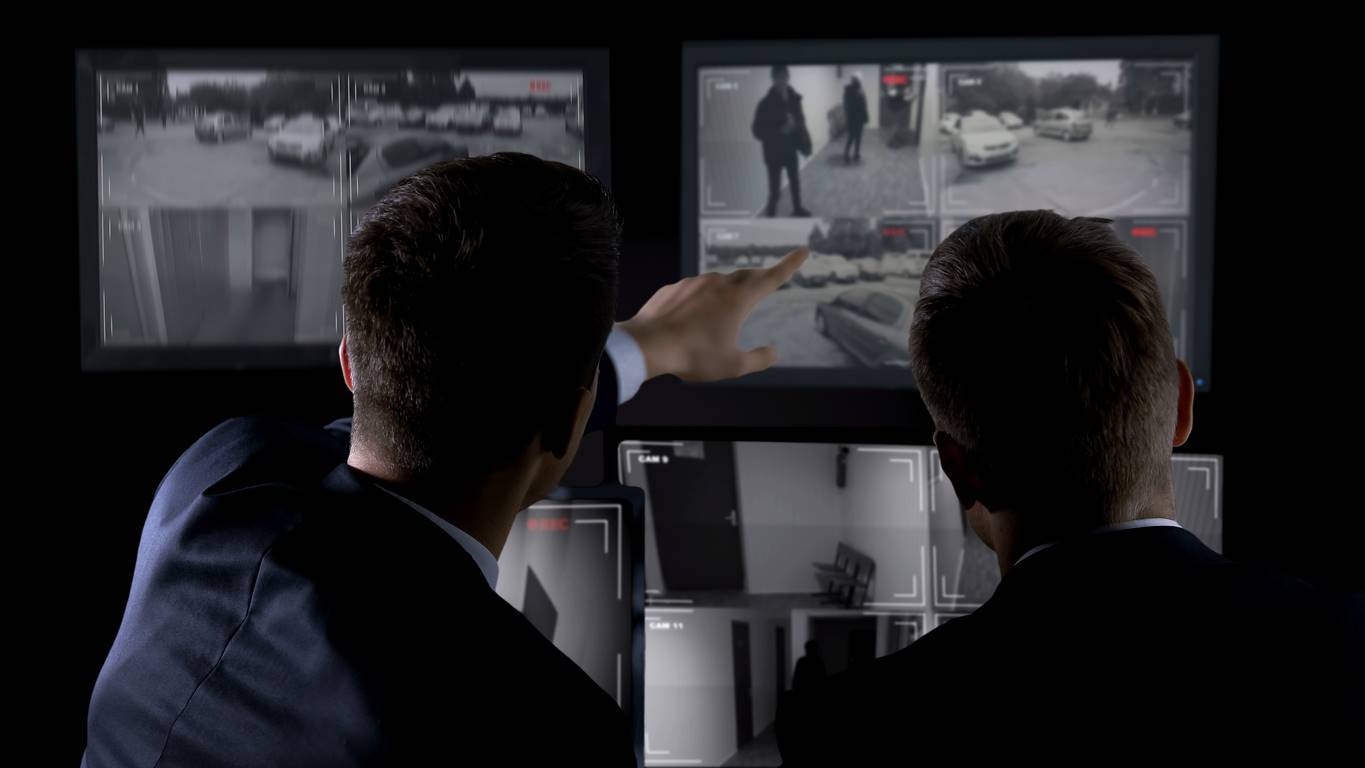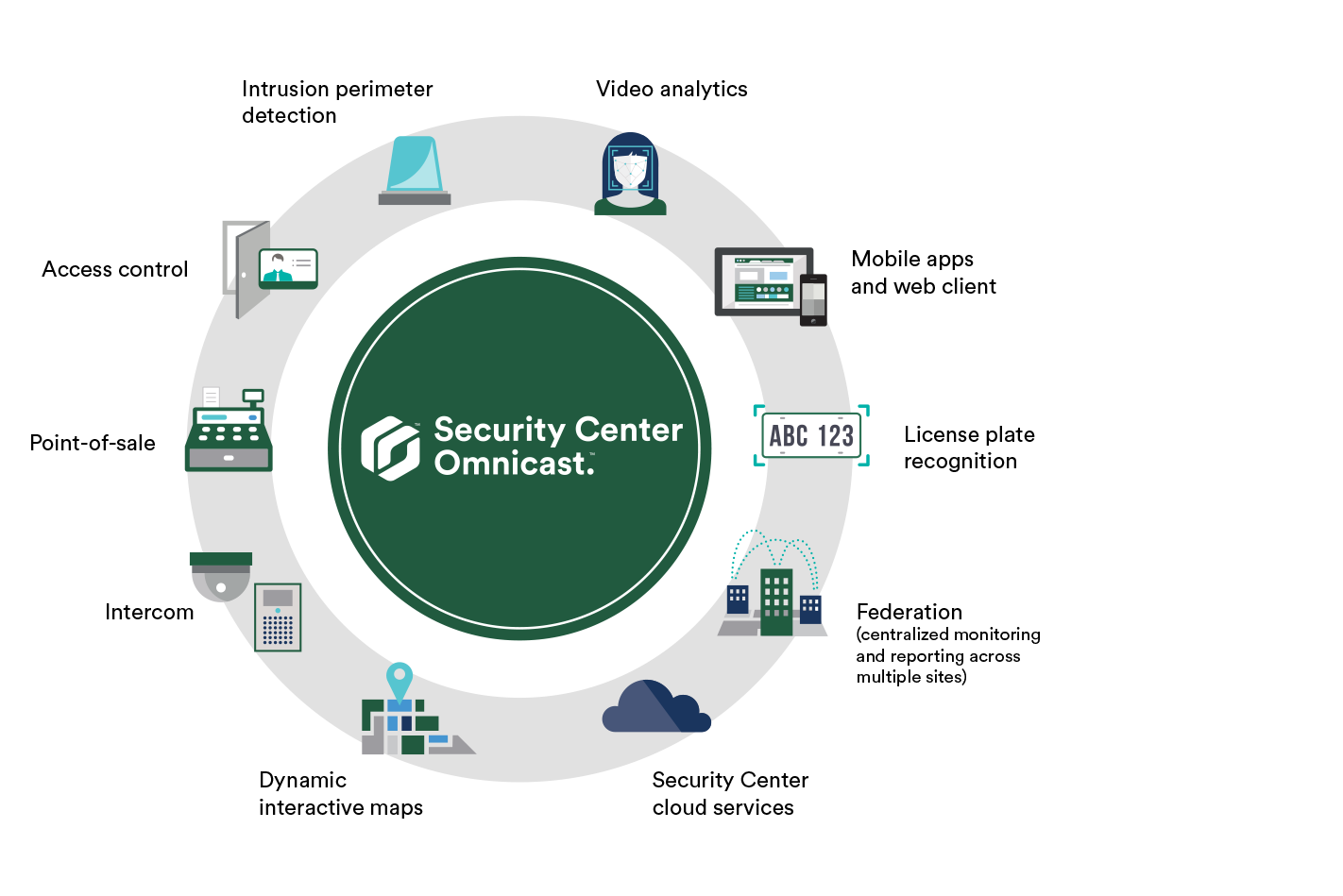
The clinical gastroenterologist needs to build on his/her education foundation regarding GI anatomy and disease states that lead to their board certification and re-certification while distilling the essence of new information and integrating it into their day-to-day practice. The challenges of patient care and optimal patient outcomes seem to increase exponentially from year to year through a combination of increased demand and burgeoning information/treatment options relating to disease guidelines, disease management recommendations, introduction of new pharmacotherapeutic agents and devices. It is the CME activity provider's responsibility to submit participant completion information to ACCME for the purpose of granting ABIM MOC credit. Participants will earn MOC points equivalent to the amount of CME credits claimed for the activity. Successful completion of this CME activity, which includes participation in the evaluation component, enables the participant to earn MOC points in the American Board of Internal Medicine's (ABIM) Maintenance of Certification (MOC) program. The designated CME and MOC credits are indicated prior to beginning the content. If you would like ABIM MOC points for these lectures, please list your ABIM ID number and Date of Birth in the evaluation for each lecture. This CME activity was planned and produced in accordance with ACCME Standards and Essentials.ĪBIM MOC points are ONLY available at this time for the ACG Virtual Grand Rounds lectures. The dates of original release, termination (after which the content is no longer valid for CME) and most recent review are posted with each material in the ACG Education Universe. The ACG Education Universe was released by ACG for web-based learning on April 1, 2006. The designated credit hours for each activity are indicated prior to the beginning of the content.

To obtain CME credit, you must thoroughly watch and listen to the recorded presentation, reflect on the activity, answer the assessment questions (all questions must be answered correctly), and complete the evaluation for each activity. Physicians should claim only the credit commensurate with the extent of their participation in the activity. The American College of Gastroenterology designates these enduring materials for AMA PRA Category 1 Credits™. The American College of Gastroenterology is accredited by the Accreditation Council for Continuing Medical Education to provide continuing medical education for physicians. Taking the images generated by VLC, run the following command:įor more on the tool you can check the associated montage help page.Please press the button at the bottom of the page indicating you have read the following information. Test.mpg specifies the video to play and finally vlc://quit forces vlc to quit when ready.Īlthough VLC does not provide an option for creating a contact sheet, one possible solution is to use the ImageMagick 'montage' tool. This will prevent VLC from creating multiple images. In that case Vlc produces the file 'snap.jpg'. You can prefix with a path, for example c:\snap and resulting images will be created there. image-out-prefix snap specifies the filename must start with 'snap'. If the number is too high (for example 500) it still produces only one image, so the actual value is not so important as long as it is higher then the images per second. If your video has more images per seconds you should increase this value to prevend you get more images as one.

In my case the video contains 24 images per second so this is the right value. image-out-ratio 24 specifies we want one image out of 24. You could specify -image-out-format png to get a. jpg because i provided: -image-out-format jpg. If you want an image from the 5th second fill in: -start-time 5 -stop-time 6 In that case you could omit the parameter -start-time.

In my example the first second of the video. Next set the interval (in seconds) you want an image from with: -start-time 0 -stop-time 1 When VLC media player runs it 'plays' the video for one second without actually showing the video on screen, and then quits, leaving us with a file named 'snap000000.jpg', containing an image of the first frame of the video.įirst select the image output with: -V image or -vout image. Vlc C:\video\to\process.mp4 -V image -start-time 0 -stop-time 1 -image-out-format jpg -image-out-ratio 24 -image-out-prefix snap vlc://quit What it does: If you want to get rid of the sound you can add "-aout=dummy" next to "-vout=dummy".įor older VLC versions (1.0.0 and below) the same can be done with image output module Vlc C:\video\to\process.mp4 -rate=1 -video-filter=scene -vout=dummy -start-time=10 -stop-time=11 -scene-format=png -scene-ratio=24 -scene-prefix=snap -scene-path=C:\path\for\snapshots\ vlc://quit

With new VLC versions (VLC 1.1.0 and above), the thumbnails are generated with scene video filter
#Genentech video player print image how to


 0 kommentar(er)
0 kommentar(er)
